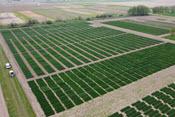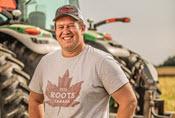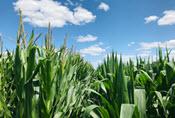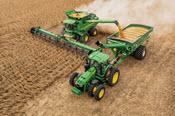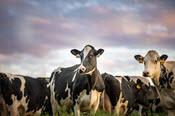Possibility & Passion
Farm Credit Canada’s Wilson talks farming.
By Becky Dumais
Starting from the ground up is true on-the-job training. That’s what Farm Credit Canada’s (FCC) newly appointed vice-president of operations Perry Wilson did. Literally.
Wilson, who stepped into the role last April after the retirement of John Geurtjens, garnered his early experience in ag, growing up on a hog farm in Oxford County, near Uniondale. Wilson began his career with FCC more than 26 years ago. He has held various leadership roles since 2005.





